In today’s blog post I am going to share with you my top 10 tips on mass breeding neocaridina shrimp, lets go…
Neocaridina shrimp are popular for aquarium enthusiasts due to their vibrant colors, easy maintenance, and peaceful nature.
One appeal of neocaridina shrimp is their ability to breed quickly and easily, making them an excellent option for mass breeding. However, it’s essential to follow specific guidelines for successful mass breeding, as failing to do so can lead to poor water quality, disease, and a decline in shrimp population.
Proper breeding guidelines for neocaridina shrimp include maintaining a large tank size, using a dechlorinator like Seachem Prime , performing regular water changes, using high-quality brood stock, providing plants and wood for hiding places and food sources, using high-quality shrimp food and feeding small amounts at a time, using a symbiotic partner, using large sponge filters, and culling the shrimp.
, performing regular water changes, using high-quality brood stock, providing plants and wood for hiding places and food sources, using high-quality shrimp food and feeding small amounts at a time, using a symbiotic partner, using large sponge filters, and culling the shrimp.
Following these guidelines ensures that the neocaridina shrimp have a healthy environment to breed in, which results in a thriving shrimp population. With proper care, neocaridina shrimp can provide a beautiful and peaceful addition to any aquarium while also providing the enjoyment of successfully breeding and raising them.
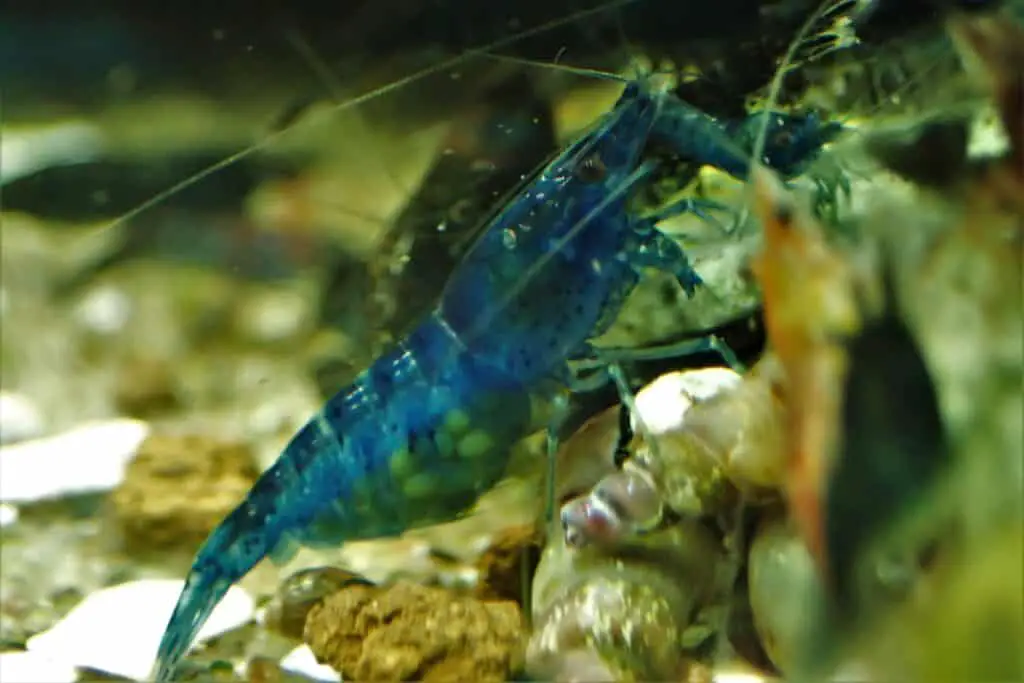
Get as large a tank as possible
If you’re planning on mass breeding neocaridina shrimp, it’s recommended to get a tank that is at least 40 gallons or 150 liters in size. This larger size will provide ample space for the shrimp to move around as well as providing a more stable environment with better water quality.
In a larger tank, it’s essential to have multiple hiding places, such as plants and driftwood, to reduce aggression and provide areas for the shrimp to retreat to. This can also help with breeding success, as it allows for multiple areas for females to carry and hatch their eggs.
A larger tank for mass breeding neocaridina shrimp is recommended, as it provides a more stable environment with better water quality and multiple areas for the shrimp to thrive and breed.

Use a dechlorinator like Seachem Prime
A critical tip for mass breeding neocaridina shrimp is to use a dechlorinator like Seachem Safe .
.
Chlorine and chloramine are commonly used in tap water to disinfect it for human consumption. However, these chemicals can be harmful to aquarium inhabitants, including shrimp.
to disinfect it for human consumption. However, these chemicals can be harmful to aquarium inhabitants, including shrimp.
Seachem Safe is a water conditioner that removes chlorine, chloramine, and other harmful chemicals from tap water, making it safe for use in the aquarium.
Using Safe is simple. Add the recommended dose to the water when performing water changes or when adding new water to the tank. It is important to follow the dosage instructions on the bottle and to avoid overdosing, as this can harm the shrimp.
By using a dechlorinator like SeachemSafe, you can ensure that the water in the tank is safe and free from harmful chemicals that can harm neocaridina shrimp. This will help maintain good water quality and reduce stress on the shrimp, which is crucial for their overall health and breeding success.
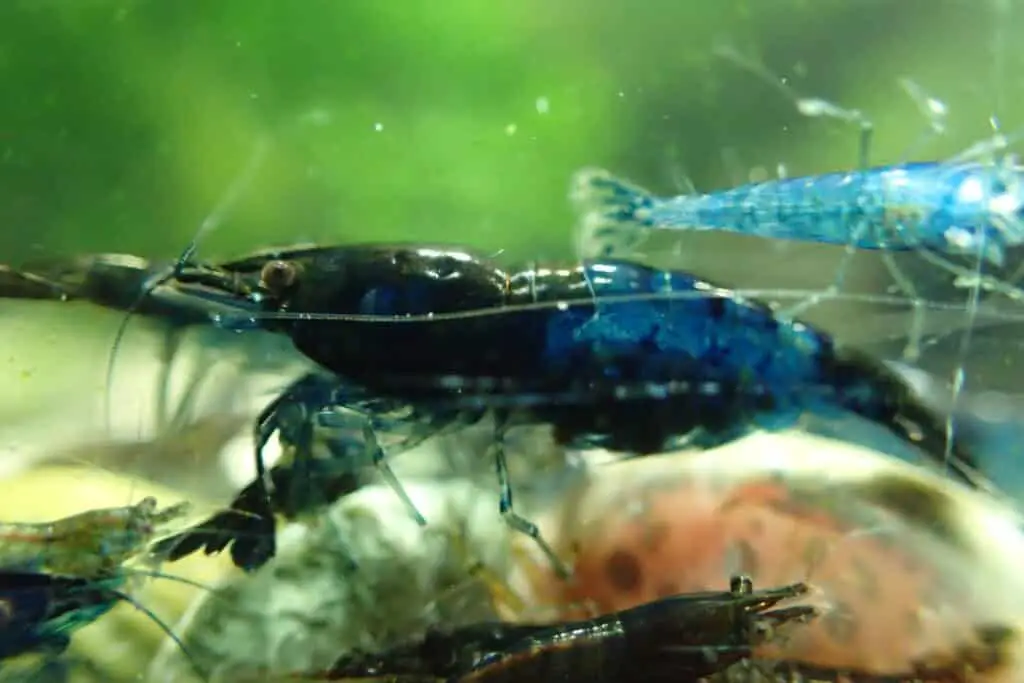
Perform regular water changes (about 30% every week or two)
Performing frequent water changes is an essential aspect of successful neocaridina shrimp breeding, as it helps maintain good water quality and reduces the build-up of harmful chemicals and waste products in the tank.
As a general guideline, it’s recommended to perform water changes of about 30% every week or two, depending on the size of the tank and the number of shrimp. This helps to remove any uneaten food, fish waste, and other debris that may have accumulated in the tank.
Additionally, water changes help replenish essential minerals and trace elements that may have been depleted over time, which are essential for the health and breeding success of the shrimp.
When performing water changes, it’s crucial to use dechlorinated water and to match the temperature and pH of the water to that of the tank. Rapid changes in water parameters can be stressful for the shrimp and can lead to health problems.
It’s important to note that over-cleaning the tank or performing too many water changes can also be harmful to the shrimp. This can disrupt the natural balance of beneficial bacteria in the tank and lead to unstable water parameters.
It’s recommended to test the water regularly to ensure that the parameters are within the appropriate range and to adjust water changes accordingly.
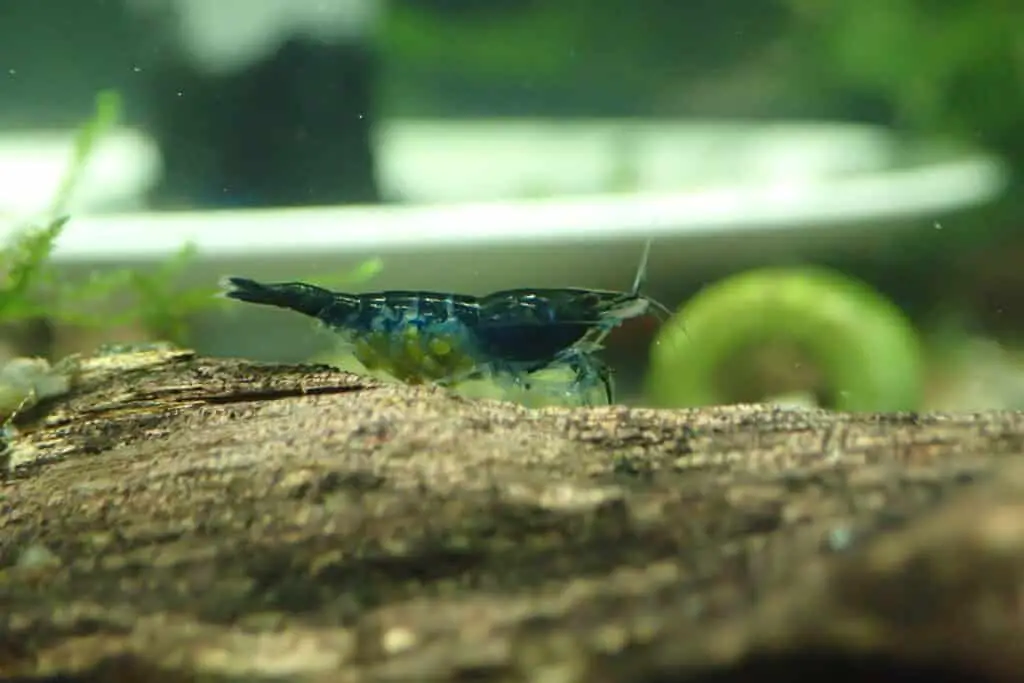
Use good broodstock
Using good brood stock is a crucial factor in the successful mass breeding of neocaridina shrimp. Brood stock refers to the parent shrimp that will produce the offspring, and it’s essential to choose healthy, high-quality specimens to ensure the best possible breeding outcomes.
When selecting brood stock, look for shrimp that are active, healthy, and free from any obvious defects or deformities. It’s also recommended to get younger shrimp as they can acclimate to tanks better than older shrimp because they can molt more frequently.
In addition to physical characteristics, it’s also essential to consider the genetic lineage of the shrimp. Breeding shrimp from different genetic lines can lead to a more diverse and robust population, which can improve breeding success and overall health.
It’s important to note that inbreeding can lead to a decline in shrimp population and health. This is because it can increase the likelihood of genetic defects and reduce genetic diversity, making the shrimp more susceptible to disease and other health problems.
Using good brood stock is essential for the successful mass breeding of neocaridina shrimp. Choosing healthy, high-quality specimens that are at least 3 months old and from different genetic lines can help promote breeding success and maintain a healthy and diverse population.
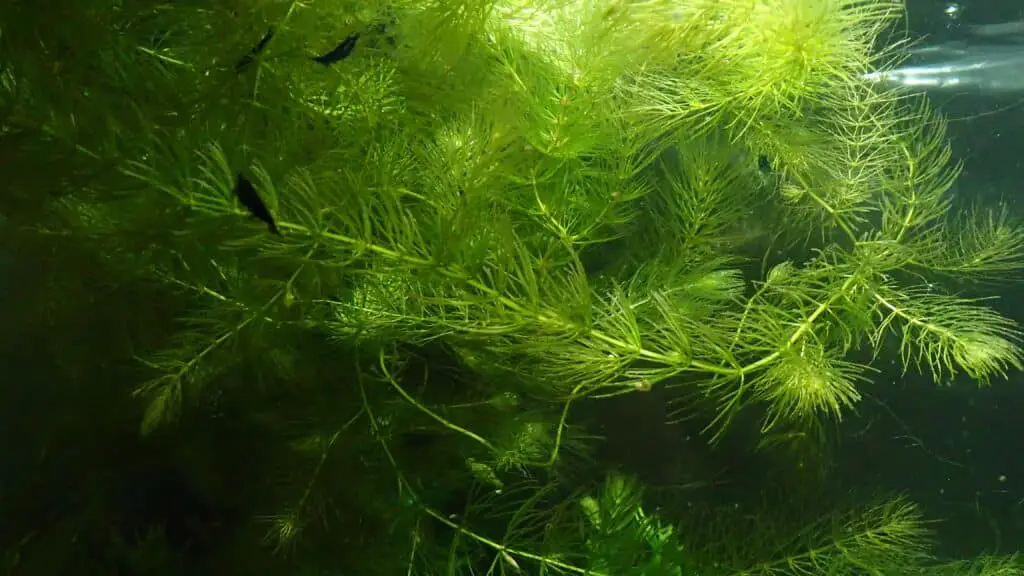
Use plants
Using plants in the neocaridina shrimp tank is essential to creating a natural and healthy environment for the shrimp. Plants provide a range of benefits for the shrimp, including hiding places, food sources, and oxygen production.
Plants provide hiding places for the shrimp, which can reduce aggression and stress in the tank. This is particularly important for breeding, as it provides multiple areas for female shrimp to carry and hatch their eggs. Additionally, plants provide a natural and aesthetically pleasing environment for the shrimp to thrive in.
Plants also act as natural food sources for the shrimp. Some species of plants, such as mosses and algae, provide a source of biofilm, which is a thin layer of organic matter that develops on surfaces in the tank.
Biofilm is an essential source of nutrition for shrimp, as it contains a range of microorganisms and other beneficial nutrients for their health and breeding success.
Lastly, plants also produce oxygen through photosynthesis, which is essential for the health of the shrimp and other aquarium inhabitants. Oxygen production helps maintain good water quality and can reduce the risk of disease and other health problems.
When choosing plants for the neocaridina shrimp tank, it’s important to select species that are compatible with the shrimp and that can thrive in the tank environment. Some good options include Java moss, Java fern, Anubias, and Marimo moss balls.
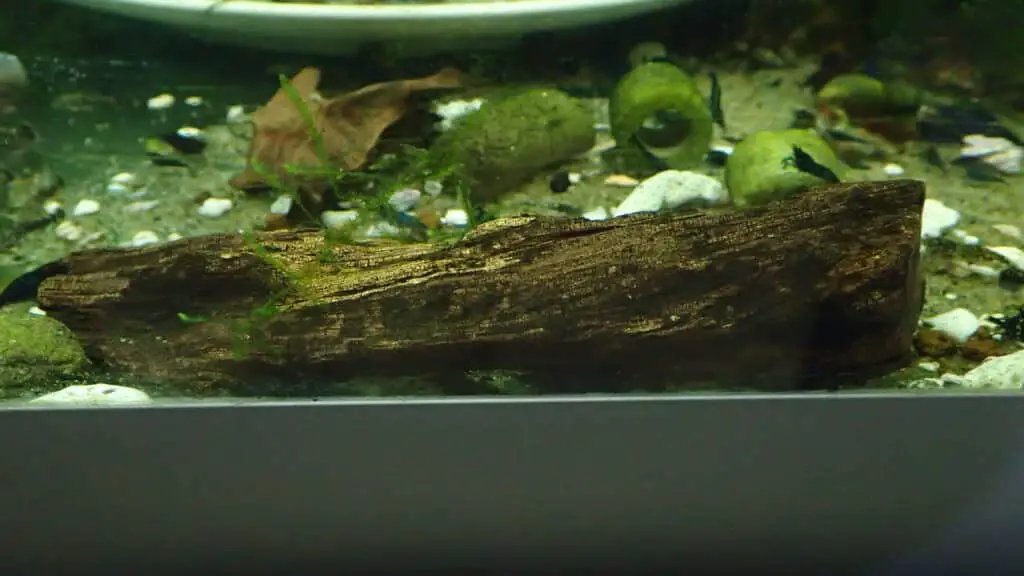
Use wood
Using wood in the neocaridina shrimp tank is another important aspect of creating a natural and healthy environment for the shrimp. Wood provides a range of benefits for the shrimp, including hiding places, food sources, and natural water conditioning.
Wood provides hiding places for the shrimp, which can reduce stress in the tank. This is particularly important for breeding . Additionally, wood provides a natural and aesthetically pleasing environment for the shrimp to thrive in.
Wood also acts as a natural food source for the shrimp. As it breaks down, it releases tannins and other organic matter into the water, which can provide a source of nutrition for the shrimp.
Some wood, such as Cholla wood and Malaysian driftwood, can also provide a surface for biofilm growth, which is a beneficial source of food for the shrimp.
Lastly, wood can help condition the water in the tank. As it breaks down, it can release natural compounds that help lower the pH of the water and make it more acidic, which is beneficial for neocaridina shrimp.
Using wood in the neocaridina shrimp tank is an essential aspect of creating a natural and healthy environment for the shrimp. Wood provides hiding places, food sources, and natural water conditioning, all of which are crucial for the health and breeding success of neocaridina shrimp.

Use high-quality shrimp food
To promote the health and breeding success of neocaridina shrimp, offering them high-quality food is crucial. Several options are available, including shrimp pellets, blanched vegetables, frozen foods such as bloodworms or brine shrimp, powdered goldfish flakes , and algae wafers.
, and algae wafers.
Powdered goldfish flakes and algae wafers are especially beneficial as they contain essential vitamins and minerals. However, it’s important to feed the shrimp small amounts at a time to prevent overfeeding, which can cause poor water quality and health issues.
It’s also essential to ensure that the shrimp food is fresh and not expired. Proper storage and handling can help maintain the food’s quality and nutritional value.
By providing neocaridina shrimp with high-quality food, they can receive the necessary nutrients and energy to thrive and breed in a healthy environment.
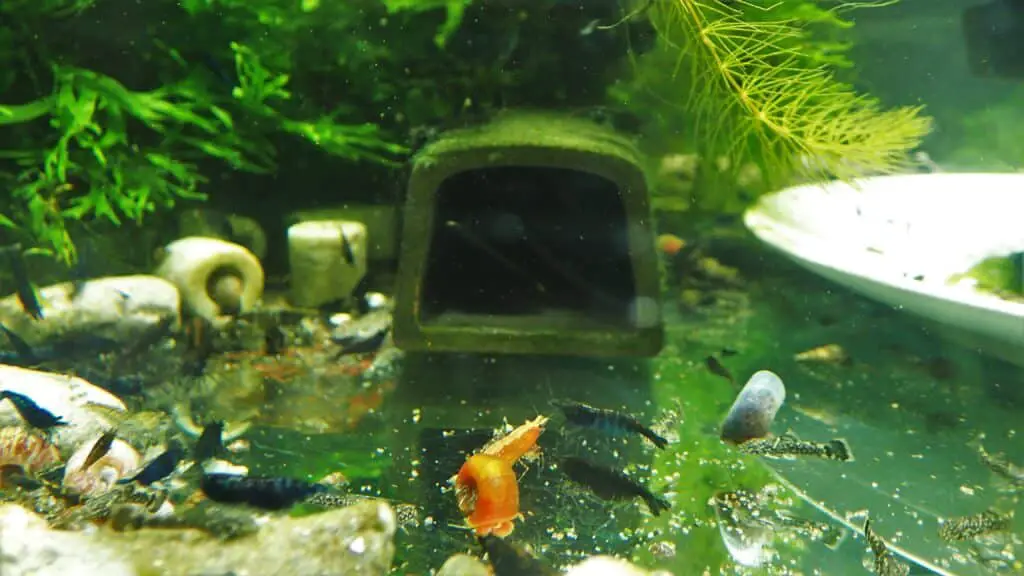
Use a symbiotic partner
Using a symbiotic partner is an exciting and effective method to promote the health and breeding success of neocaridina shrimp. A symbiotic partner is a species that has a mutually beneficial relationship with neocaridina shrimp, meaning both species benefit from their presence in the same tank.
One common symbiotic partner for neocaridina shrimp is the freshwater snail. Freshwater snails can help keep the tank clean by eating algae and uneaten food, which can help maintain good water quality for the shrimp.
Additionally, snails can help stir up the substrate in the tank, reducing the risk of anaerobic pockets and promoting good water circulation.
Another symbiotic partner for neocaridina shrimp is certain species of fish, such as the bristlenose pleco. These fish are known to eat algae and other small particles in the tank, which can help keep the tank clean and reduce the risk of harmful bacteria and parasites.
However, it’s important to choose fish that are compatible with neocaridina shrimp and that won’t harm them.
It’s important to note that not all species make good symbiotic partners for neocaridina shrimp. Like other fish and other invertebrates, some species may prey on the shrimp.
A symbiotic partner can effectively promote the health and breeding success of neocaridina shrimp. Freshwater snails and certain fish species can help keep the tank clean and reduce the risk of harmful bacteria and parasites, while also providing a natural and aesthetically pleasing environment for the shrimp to thrive in.
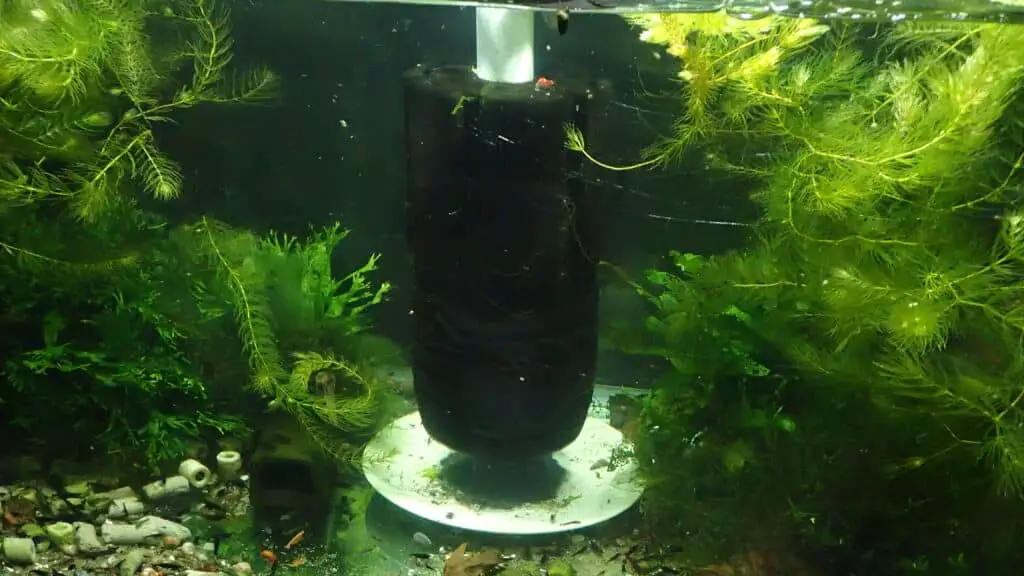
Use large sponge filters
Using large sponge filters is essential in maintaining good water quality and promoting the health and breeding success of neocaridina shrimp.
Sponge filters are a type of biological filter that use a porous sponge to provide a surface for beneficial bacteria to grow on. These bacteria help break down waste products in the tank, which can help reduce the risk of harmful ammonia and nitrite spikes.
When selecting a sponge filter for a neocaridina shrimp tank, it’s recommended to choose a larger size than what is typically recommended for the tank size.
for a neocaridina shrimp tank, it’s recommended to choose a larger size than what is typically recommended for the tank size.
This is because neocaridina shrimp are sensitive to changes in water parameters, and a larger sponge filter can help maintain a more stable environment with better water quality.
Additionally, sponge filters are gentle on neocaridina shrimp, as they provide a low flow rate that won’t harm the shrimp or their delicate appendages. This can reduce stress in the tank and promote a more natural and relaxed environment for the shrimp to thrive in.
Choosing a larger size than what is typically recommended, and performing regular maintenance, can help ensure a stable and healthy environment for the shrimp to thrive in.

Cull the shrimp
Culling is an important part of neocaridina shrimp breeding, as it helps maintain the overall health and genetic diversity of the population. Instead of killing shrimp that have undesirable traits or characteristics, they can be moved to another tank or separated from the breeding population.
When moving shrimp to another tank, it’s important to ensure that the new tank is suitable for their needs and that they are compatible with any other inhabitants. It’s also important to monitor the shrimp closely for any signs of stress or illness and to provide proper care and maintenance to ensure their health and well-being.
Moving shrimp to another tank is a form of culling as it involves removing shrimp from the breeding population that do not meet specific criteria or standards.
By separating shrimp that have undesirable traits or characteristics, genetic diversity can be maintained while also providing a more humane and ethical approach to culling.
Successfully breeding neocaridina shrimp requires careful attention to detail and adherence to specific guidelines to create a healthy and natural environment. The 10 tips outlined in this guide provide a comprehensive and effective approach to mass breeding neocaridina shrimp.
By providing a large tank with proper filtration, water quality management, and adequate space, as well as using high-quality shrimp food, natural food sources, plants, wood, symbiotic partners, good brood stock, and performing culling or moving shrimp to another tank, you can create a thriving breeding population of neocaridina shrimp.
Many experienced aquarists have successfully bred neocaridina shrimp using these tips and have seen excellent results in terms of breeding success, health, and overall population growth.
It is essential to follow these guidelines to ensure the overall health and well-being of the shrimp population while maintaining genetic diversity and ethical breeding practices.
Following these guidelines will ensure the success of your neocaridina shrimp breeding efforts. By providing the necessary care and attention to your shrimp, you can enjoy the beauty and fascination of these unique creatures in your own aquarium.
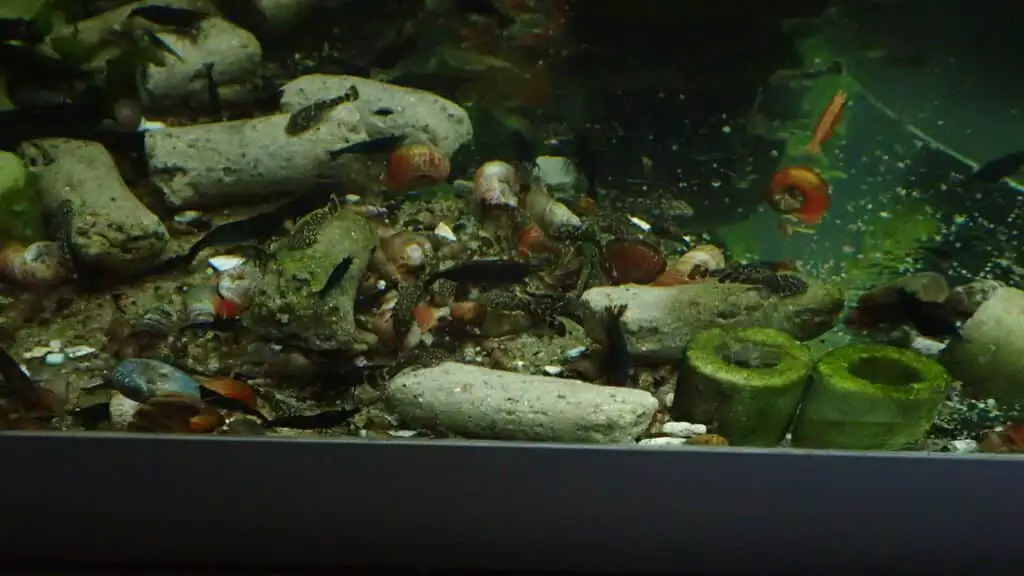
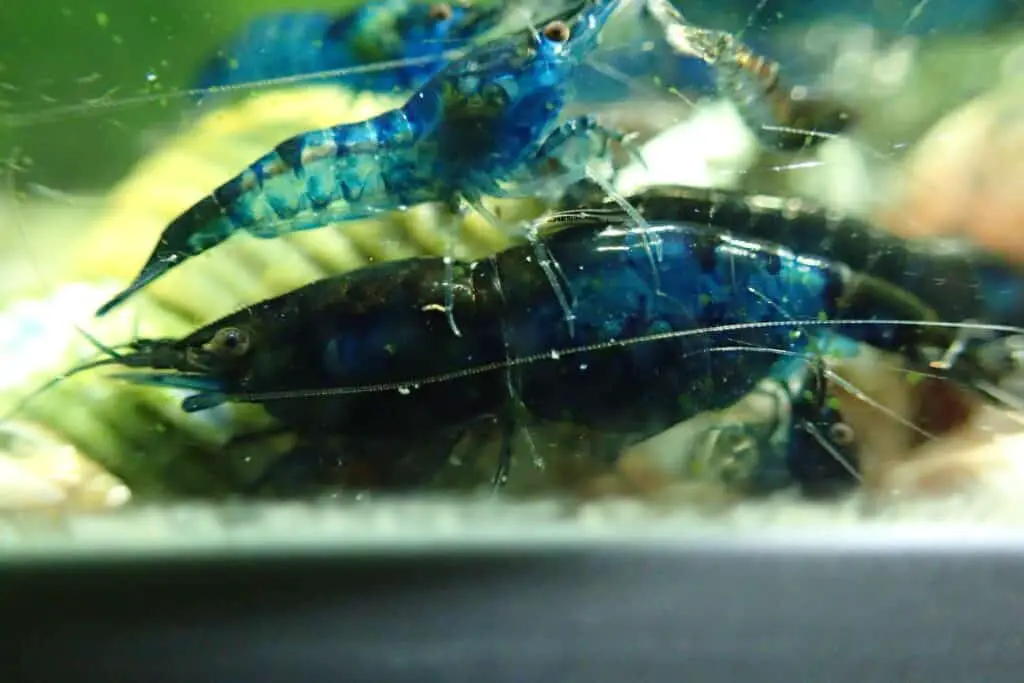
FAQ
Q: What is a neocaridina shrimp? A: Neocaridina shrimp, also known as cherry shrimp, are a species of freshwater shrimp that are popular among aquarium enthusiasts. They come in a variety of colors and are relatively easy to care for.
Q: What water parameters do neocaridina shrimp need? A: Neocaridina shrimp require stable water parameters with a pH between 6.5-8.0, and a temperature between 68-78°F (20-26°C). They also require clean water with low levels of ammonia, nitrite, and nitrate.
Q: What do neocaridina shrimp eat? A: Neocaridina shrimp are omnivorous and will eat a variety of foods, including high-quality shrimp pellets, blanched vegetables, algae wafers, and live or frozen foods such as bloodworms or brine shrimp.
Q: Can neocaridina shrimp live with other fish or invertebrates? A: Neocaridina shrimp can live with certain species of fish or invertebrates, but care must be taken to ensure that they are not aggressive towards the shrimp or pose a risk of predation. Good tankmates for neocaridina shrimp include small, peaceful fish and snails.
Q: How often should I perform water changes for neocaridina shrimp? A: It’s recommended to perform water changes of about 30% every week or two for neocaridina shrimp, in order to maintain good water quality and promote their overall health.
Q: How do I breed neocaridina shrimp? A: Neocaridina shrimp can breed readily in a suitable environment with proper water parameters, good nutrition, and adequate space. They are known for their prolific breeding and can produce large numbers of offspring under optimal conditions.
Q: How can I tell if my neocaridina shrimp are healthy? A: Healthy neocaridina shrimp should be active and moving around the tank, with a bright and vibrant coloration. They should also have all of their appendages intact and exhibit good breeding behavior. Signs of illness in neocaridina shrimp may include lethargy, discoloration, or unusual behavior.
